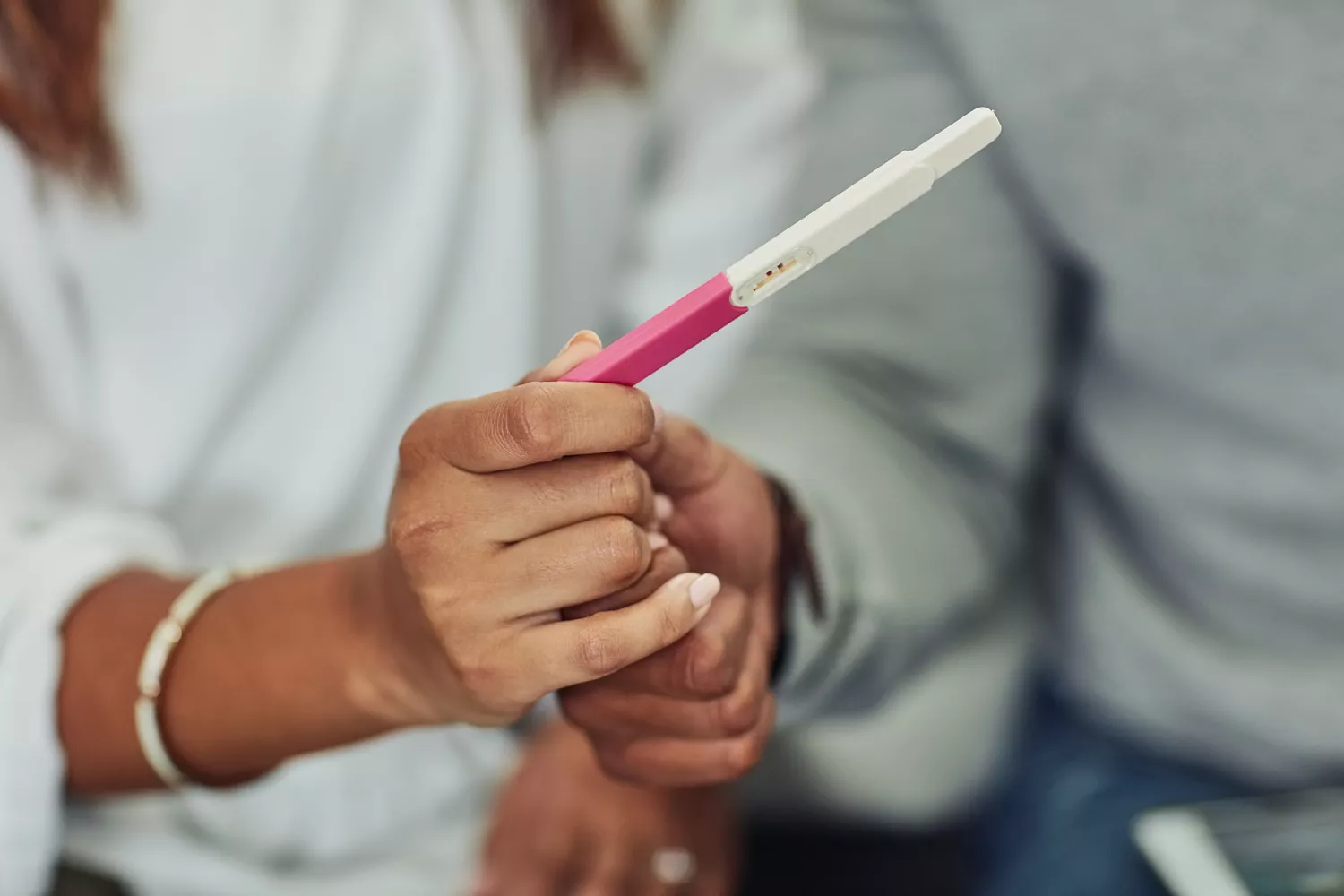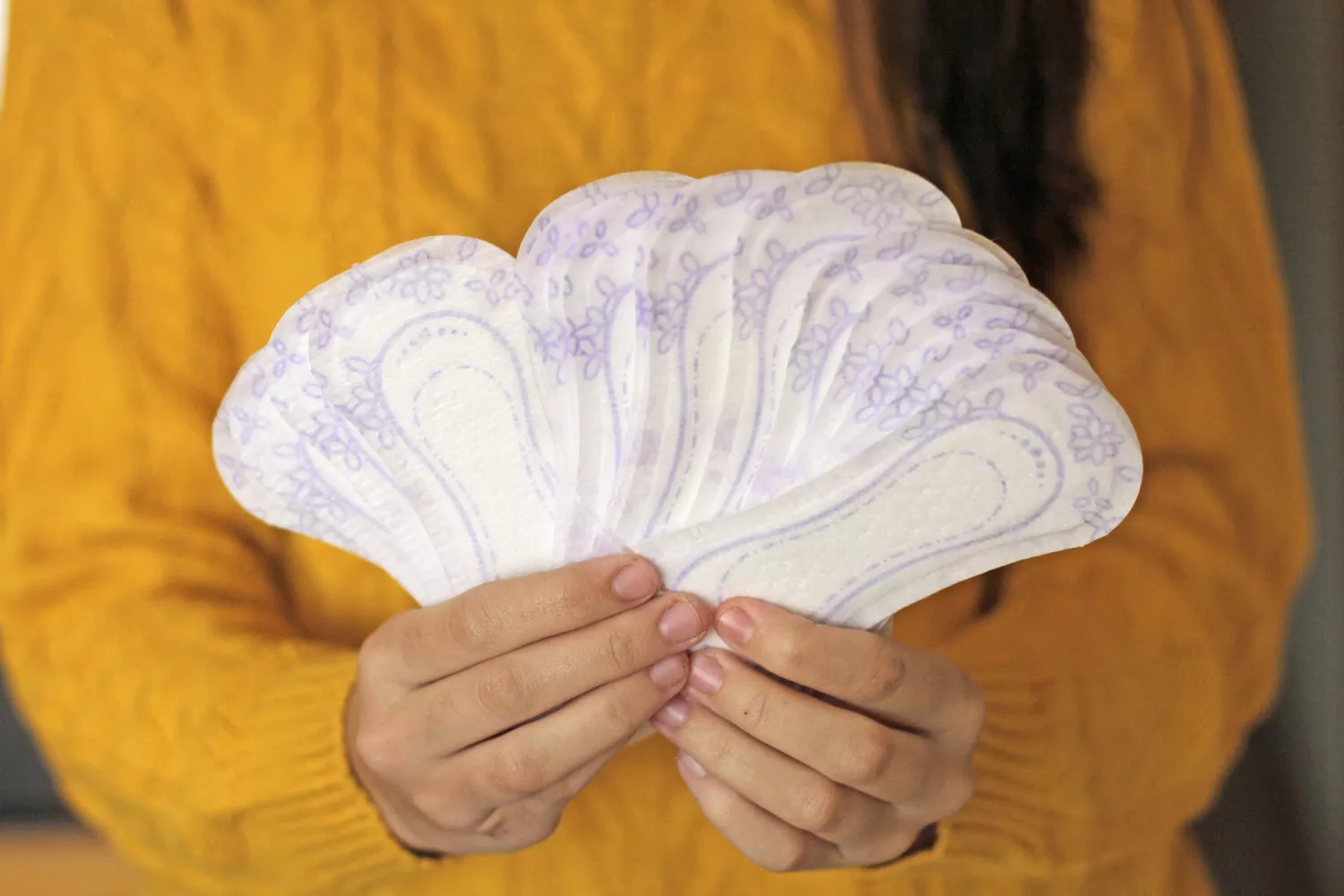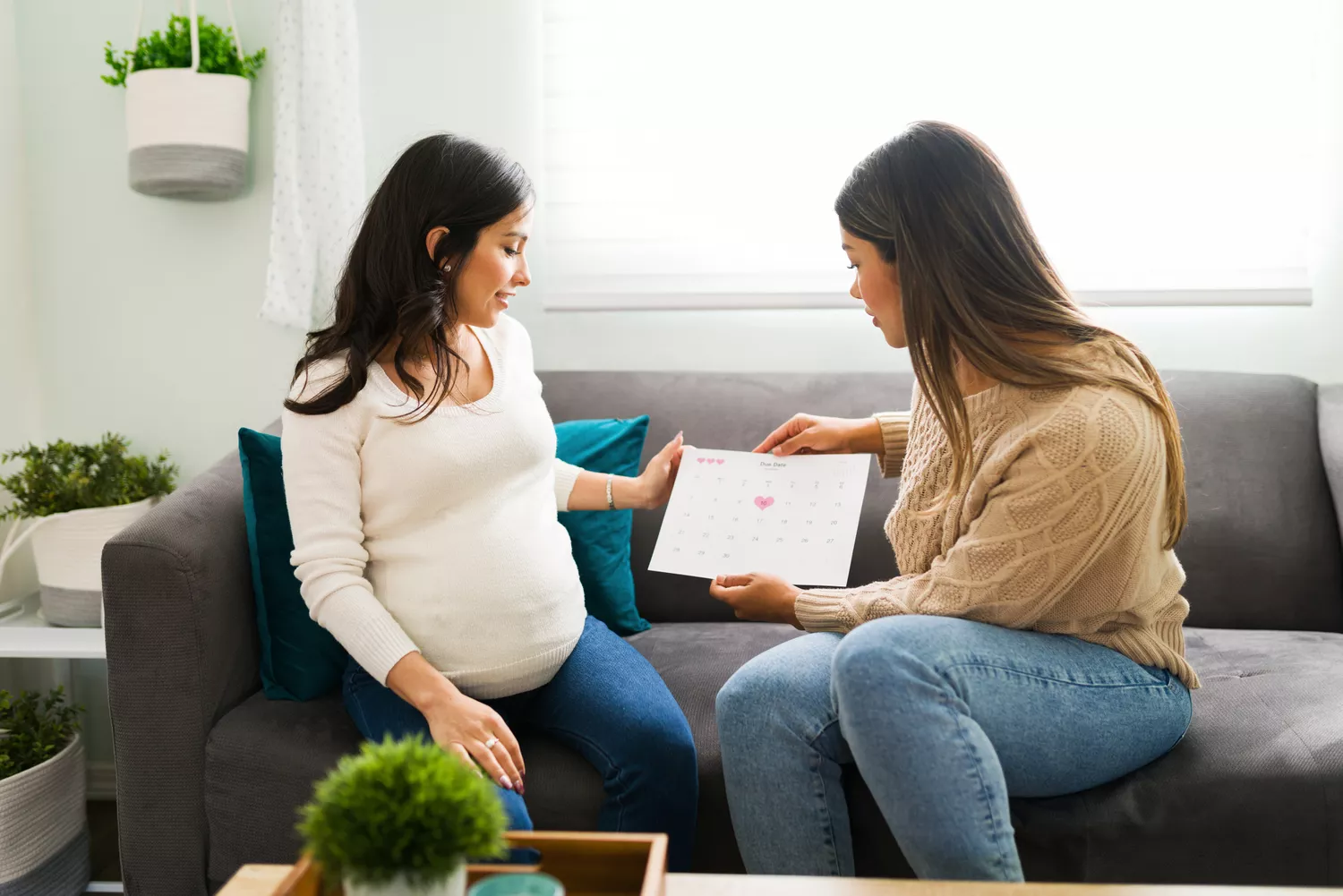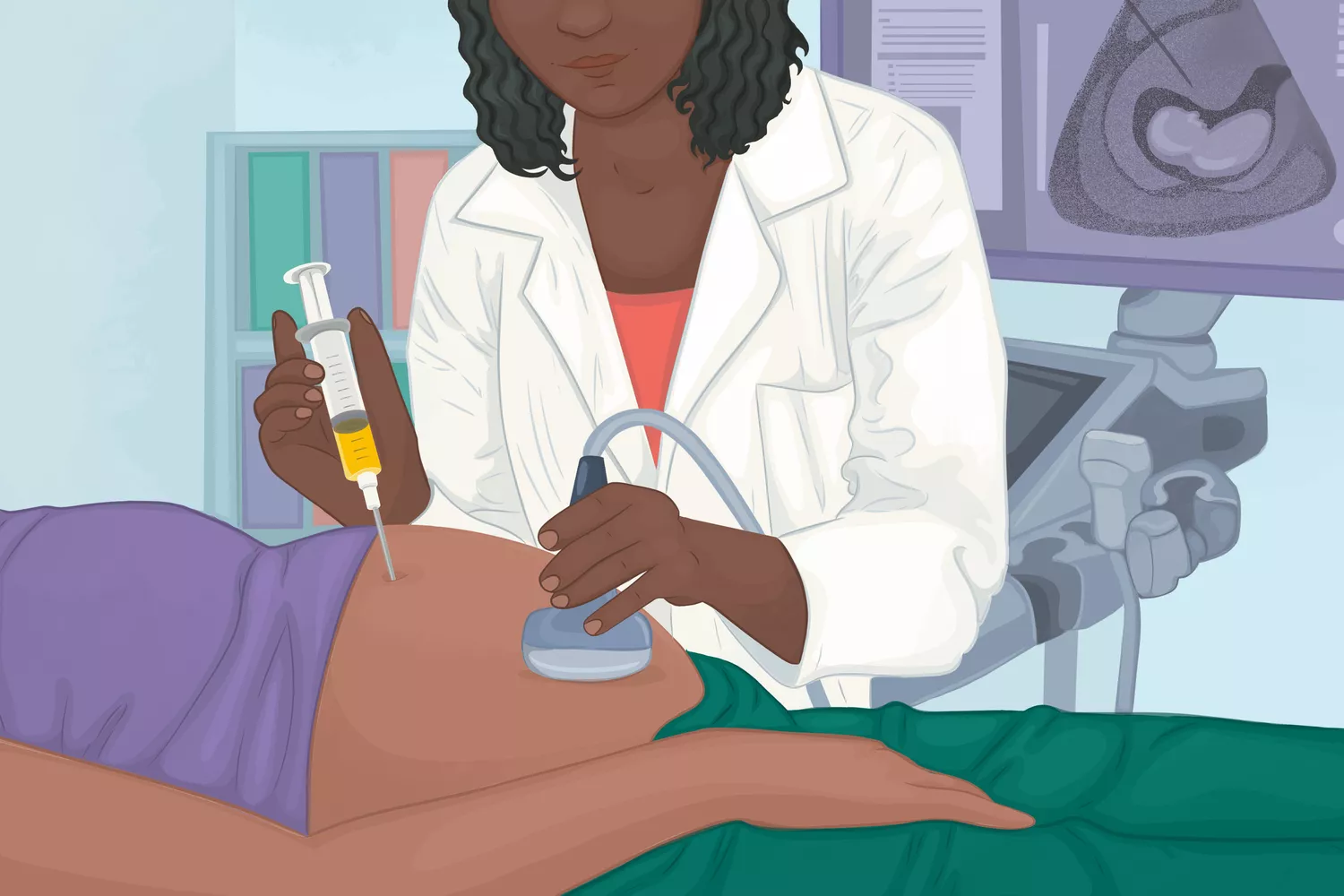What you need to know about the placenta during pregnancy


During pregnancy, the body performs many incredible things. The placenta is a very important organ, which only exists during pregnancy. It helps to develop your baby in nine months. The placenta is an organ that feeds your baby and eliminates waste throughout the entire pregnancy. Continue reading to find out more about the placenta and its role during pregnancy.
What is the placenta?
The placenta exists only during pregnancy. The starts developing after the fertilized eggs implant into the uterine walls. It is composed of blood vessels and connects with your baby via umbilical chord. It even has the same genetic makeup as your child! 1
It helps them to breathe and eat. It allows them to breathe and eat. 2
A Guide to the Development of Your Baby in the Womb
What is the Placenta?
It plays a number of important roles in pregnancy. The placenta is responsible for providing oxygen, antibodies and nutrition to the baby while in utero. It also acts as a waste-removal system.
The placenta transforms nutrients in the mother’s blood into energy that is used by the growing fetus, says Sasha Andrews M.D. a board certified maternal-fetal specialist at Pediatrix. These energy sources include cholesterol 4 and protein.
Dr. Andrews says that the placenta releases hormones which “increase the supply of glucose and relax the uterus as well as help in fetal organ growth.” The placenta “facilitates the transfer of gasses, such as oxygen, from the [parent] fetus.”
This important organ also regulates your metabolism and physiology. For example, your placenta can produce hormones, relaxin, oxytocin and progesterone. These hormones are not only beneficial to your baby but also boost your metabolism and help you prepare for breastfeeding.
What is an anterior placenta?
Where is the placenta located?
Dr. Andrews says that it is made up of parenchyma or placental tissue, the amniotic membranes, and the umbilical cord. According to Dr. Andrews, it is made up of placental tissue (parenchyma), amniotic fluid, and umbilical chord. 5” The placenta can be implanted anywhere in your uterine lining but usually occurs at the upper or mid-section of the uterus.”
The placenta can develop anywhere in the uterus, and is usually formed where the fertilized ovary implants. The placenta will usually be found in the upper portion of the uterus. The placenta that is in the anterior part of the uterus is called an anterior placenta. This is according to Lisa Becht M.D. FACOG a dual board-certified fertility expert with HRC Fertility. Other locations include the left or right side of the body (lateral), and the back (posterior).
Placenta Locations
Here is a list of the various placentas.
- The placenta is at the top of the uterus
- Anterior: The placenta develops in the front of your uterus, near the abdomen
- Posterior: The placenta is near back of your uterus, close to the spine
- Lateral: The placenta develops on the left or right side of your uterus
- Low-lying: The placenta is toward the bottom of your uterus, where it might cover your cervix (a condition known as placenta previa)
Possible Complications With the Placenta
In most cases, the placenta operates like normal. But sometimes a problem can arise, which can threaten the pregnancy and the pregnant person. Here are some potential issues that can occur with the placenta.
Placenta Previa
When the placenta is low-lying, and it partially or completely covers the cervix, this is known as placenta previa. In addition to increasing the risk of postpartum hemorrhaging,6 placenta previa usually prevents people from having a vaginal birth, says Dr. Becht.
Placenta previa can also increase your risk for placenta accreta spectrum disorders (PAS), which includes placenta accreta, placenta increta, and placenta percreta, says Lyndsey Harper, M.D., an OB-GYN, associate professor for Texas A&M College of Medicine, and CEO/founder of Rosy. According a study published in the International Journal of Women’s Health, PAS “describes a clinical situation where the placenta does not detach spontaneously after delivery and cannot be forcibly removed without causing massive and potentially life-threatening bleeding. “7
Most of the time, placenta previa is diagnosed partway through the pregnancy with an ultrasound. Sometimes it’s spotted after people experience painless vaginal bleeding in the second or third trimester. When uncontrolled bleeding from placenta previa occurs, you may need a blood transfusion or even a hysterectomy.8
Placenta Accreta
If the placenta implants too deeply, this can cause placenta accreta, which may lead to complications at delivery, says Dr. Harper. That’s because the placenta doesn’t separate correctly from the uterine wall after birth. Placenta accreta usually requires you to have a C-section, and it can increase the chance of severe maternal bleeding. Some people with placenta accreta also have a hysterectomy with their C-section.
What is a Lotus Birth?
Placental Abruption
If the placenta completely or partially tears away from the uterine wall before delivery of the fetus, you’ll experience placental abruption, says Dr. Harper. This condition can lead to less blood flow to the baby and major hemorrhaging for the pregnant person.
Placental abruption typically takes place after week 20 of pregnancy. Thankfully, the prevalence is low, with only about 0.4% to 1% of people experiencing this complication.9 People with placental abruption may have abdominal pain, vaginal bleeding, cramping, uterine contractions or tenderness, and decreased fetal movement.
Twin to Twin Transfusion Syndrome
In pregnancies with multiples, there may be one or more placentas. If there’s only one, the babies have to share a blood supply and nutrients, says Dr. Harper. This can sometimes lead to complications such as twin to twin transfusion syndrome, where the babies get unequal blood flow from the placenta.
Twin to twin transfusion syndrome typically occurs in about 10% to 15% of identical twins that share the same placenta. For this reason, health care providers will often attempt to determine early on if the twins share the same placenta or each have their own source of oxygen and nutrients. If only one placenta is identified, then a treatment plan can be developed if necessary.
Placental Insufficiency
Placental insufficiency occurs when the placenta is not working optimally, says Dr. Becht. “This insufficiency means the baby may be getting fewer nutrients, oxygen, and blood flow.” When this happens, it can lead to intrauterine growth restriction (IUGR)10 as well as potential long-term complications for your baby. Stillbirth is also a possibility, she says.
“Placental insufficiency also occurs because of abnormal implantation, along with poor development of vascular connections, which can lead to preeclampsia, or high blood pressure in pregnancy,” explains Dr. Andrews.
The Risks of Eating the Placenta
Keeping the Placenta Healthy During Pregnancy
When it comes to keeping your placenta healthy, you should follow the same tips you would for a healthy pregnancy, such as eating a well-balanced diet, exercising regularly, avoiding alcohol, quitting tobacco use, and refraining from drug use, says Dr. Andrews. “You also should confirm with your doctor that any over-the-counter or prescription medications [you are taking] are safe.”
Meanwhile, if you have any pre-existing medical conditions or a history of pregnancy complications and you’re considering conceiving, it’s always a good idea to discuss any concerns with a health care provider. They can let you know what can be done beforehand to optimize your chances of a healthy pregnancy and delivery, says Dr. Andrews.
Your Pregnancy Symptoms Week by Week
Delivering the Placenta
After your baby is delivered and the cord is clamped, the placenta is delivered. “This usually occurs within 30 minutes after birth,” says Dr. Andrews. “Your obstetrician or midwife may apply gentle traction to the umbilical cord to encourage it to separate from the uterus.”
If the placenta does not separate from the uterine wall (called retained placenta), there is a concern for bleeding and infection, adds Dr. Becht. “Uterine massage, manual extraction, and a D&C [dilation and curettage] are options to get it delivered.”
If you have a C-section, the placenta is removed, but usually with more assistance from the obstetrician, she adds. “This involves massaging the fundus, or top, of the uterus and applying traction to the cord, so the placenta can deliver through the uterine incision. Afterwards, the inside of the uterus is inspected to ensure there are no retained portions of placenta or amniotic membranes.”
What Happens to the Placenta After Birth?
Many times, after the placenta is examined to ensure it is intact, it will be discarded. But some people choose to bank the placenta. Banking is often done with hope that there may be new therapies in the future that it could be used for, says Dr. Becht. “Placental tissue banking is less common than cord blood banking,” says Dr. Andrews. “But neither choice is particularly common given the cost associated with these options. Another option to consider is public cord blood donation.”
If you’re unsure what to do with the placenta after birth, discuss your options with your health care provider. Together, you can decide what’s best for you and make a plan to handle this part of your labor and delivery.










